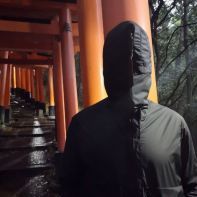DJing/Mixing: How do you do it?
-
hello 2024!
supertalk is free to browse as a guest. You need to be a member to participate in discussions or buy and sell on the classifieds.
Classifieds listings are now free for members.
supertalk is now upgraded to //// supertalk 8 ////
______________________________________
New membership is $US 1 / month
Payable $US 6 / every 6 months
You can cancel renewals prior to renewal date.
______________________________________
You can also become a premium superseller or supermember. Businesses who want to promote their brand and products need to become a supersponsor. superfuture® is privately owned and has been online continuously for 25 years. supertalk has been online for 21 years and is a digital cockroach that will survive all current and future apocalypses.
-
Top 10 Active Viewed Topics
-
- 26757 replies
- 5971778 views
-
- 24136 replies
- 5866823 views
-
- 24722 replies
- 4308988 views
-
- 22877 replies
- 3349735 views
-
- 13525 replies
- 3171992 views
-
- 10643 replies
- 3089834 views
-
- 21116 replies
- 2700649 views
-
- 13243 replies
- 2661681 views
-
- 8532 replies
- 2342593 views
-
- 11326 replies
- 2310594 views
-











Recommended Posts